Introduction
Kamisaka Sekka, born in 1866 in Kyoto, entered a world in flux. The Edo period was waning, and Japan was on the cusp of a radical transformation. In this dynamic milieu, Sekka’s artistic spirit burgeoned, embracing the traditional roots of ukiyo-e while unfurling avant-garde wings that would carry the art form into a new era.
Early Life and Artistic Awakening
Sekka’s childhood was steeped in the cultural milieu of Kyoto, a city pulsating with history and artistic fervor. Raised in the esteemed Kamisaka family, known for its association with traditional Japanese painting, Sekka’s artistic odyssey began with the immersion in classical techniques.
However, the winds of change beckoned. The Meiji Restoration swept across Japan, bringing with it a wave of modernization. Sekka, like the era he inhabited, embraced the synthesis of tradition and modernity. His studies took him beyond Japan, absorbing Western art principles that would later infuse his ukiyo-e with a distinctive fusion.
Contribution to Ukiyo-e Renaissance
Sekka’s arrival on the ukiyo-e scene marked a renaissance. At a time when the art form was navigating the currents of societal upheaval, Sekka’s approach breathed new life into traditional woodblock printing. His designs, characterized by bold lines, vibrant colors, and a keen sense of composition, encapsulated the essence of ukiyo-e while signaling its evolution.
The ukiyo-e tradition, rooted in depicting the “floating world,” found new expressions under Sekka’s skilled hands. Kabuki actors, landscapes, and bijin-ga (images of beautiful women) transformed into a harmonious symphony, where tradition danced with modernity.

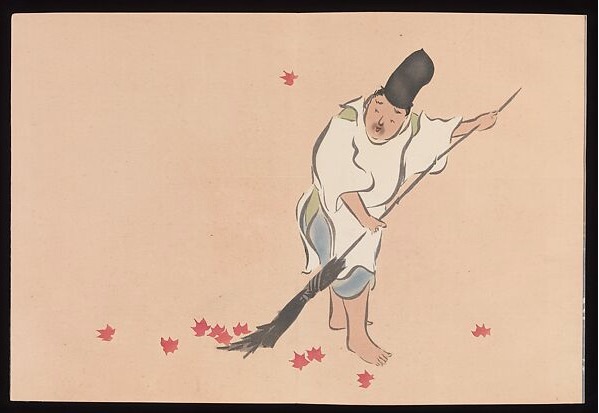
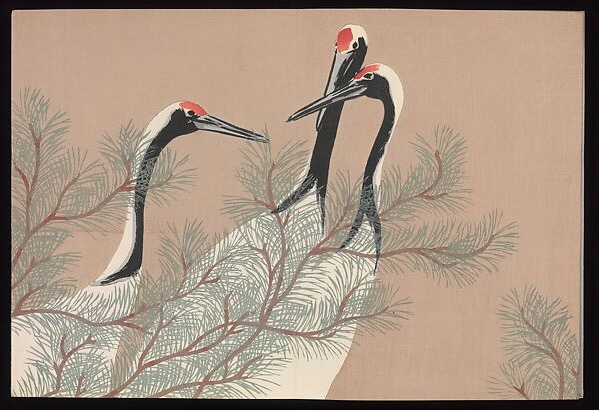
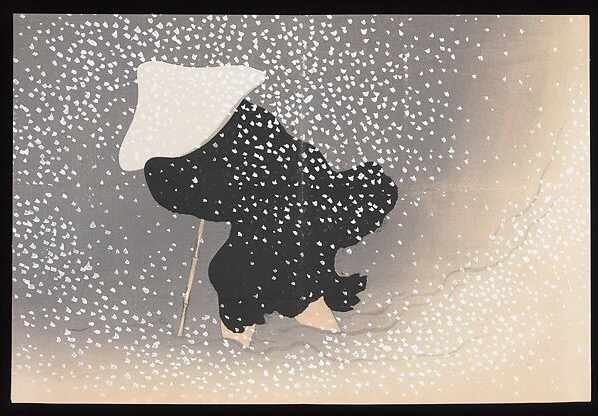
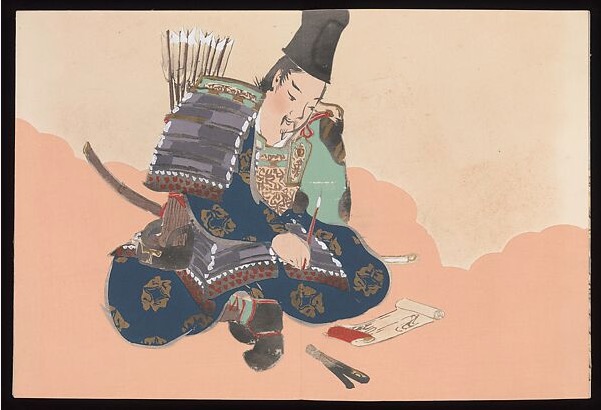
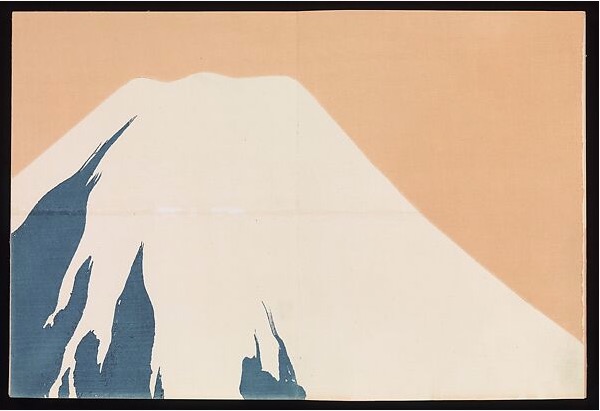
Flowers of a Hundred Worlds (Momoyogusa)
At the zenith of Sekka’s creative prowess stands “Flowers of a Hundred Worlds” (Momoyogusa). It is sometimes also referred to as “A World of Things.” Published in three volumes by Unsodo of Kyoto, between 1909 and 1910, this monumental work elevates ukiyo-e to a realm of botanical poetry. The series, comprising intricate depictions of flowers, birds, and landscapes, is a testament to Sekka’s mastery.
Each plate within “Momoyogusa” is a visual haiku, capturing the ephemeral beauty of nature. The use of vibrant colors, intricate details, and a meticulous amalgamation of Japanese and Western techniques make this opus a milestone in ukiyo-e’s evolution.
You can view the artwork of Flowers of a Hundred Worlds on the Met Museum website.
Significance of “Momoyogusa”
“Momoyogusa” transcends the realm of mere botanical illustration. Sekka’s approach to flora and fauna becomes a metaphor for life’s transience, echoing the traditional Japanese concept of mono no aware — the beauty of impermanence. Each petal and feather is not merely rendered; it is a fleeting moment suspended in time, inviting contemplation.
Furthermore, “Momoyogusa” reflects Sekka’s homage to the ukiyo-e lineage. Elements of classical ukiyo-e, such as the use of multiple woodblocks and the poetic interplay of negative space, harmonize with his innovative vision. The series becomes a bridge between epochs, a testament to the enduring spirit of ukiyo-e amid the flux of societal transformation.
Legacy and Influence
Kamisaka Sekka’s legacy reverberates through the corridors of Japanese art. His role in the ukiyo-e renaissance positions him as a bridge between tradition and the nascent currents of modernity. Artists who followed, such as the Shin-hanga movement, drew inspiration from Sekka’s fusion of styles.
See the artwork of Kamisaka Sekka at The Art Institute of Chicago website.
Conclusion
In the brushstrokes of Kamisaka Sekka (神坂 雪佳), ukiyo-e found a guardian of tradition and an architect of innovation. His life’s work, encapsulated in “Flowers of a Hundred Worlds” (Momoyogusa), is a testament to the resilience and adaptability of Japanese art. In the dance between the fleeting beauty of nature and the enduring strokes of the artist, Sekka whispers to us from the pages of history, inviting us to contemplate the ever-changing, ever-beautiful “floating world” of ukiyo-e.
Read more:
- Where Can I Buy Ukiyo-e Art? Here’s where to find those rare prints
- Samurai in Ukiyo-e and Japanese Art: Guardians of Tradition, Icons of Eternity
- 11 Most Influential Ukiyo-e Artists: Masters of Japanese Woodblock Prints
- Tatsuro Kiuchi: The Japanese Illustrator Who Loves Old Things
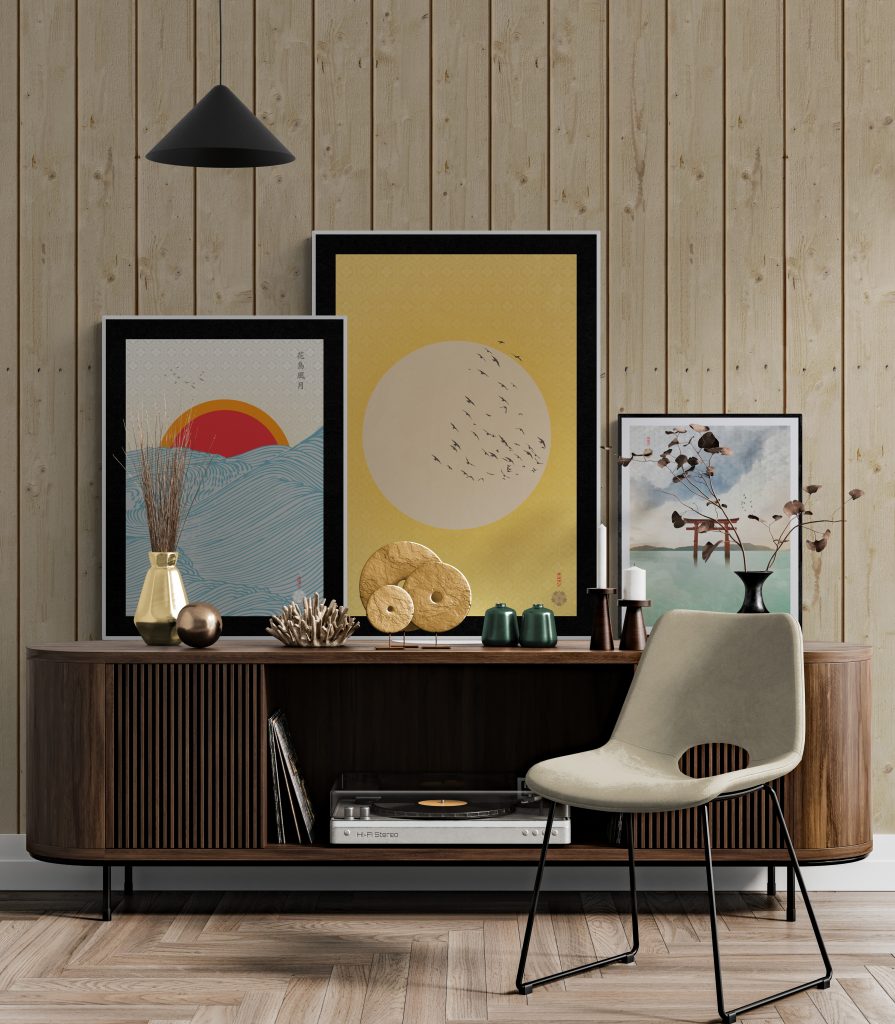
At the Art of Zen we carry a wide selection of our own hand-crafted original Japanese art prints in the ukiyo-e and Japandi style. Some of our best selling work is Mount Fuji wall art and Japandi wall art.
Add some zen to your space with some art from the Art of Zen shop.
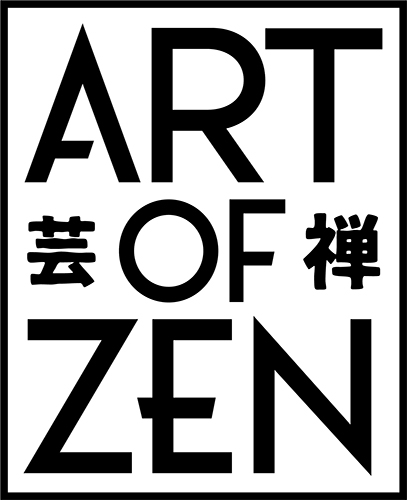
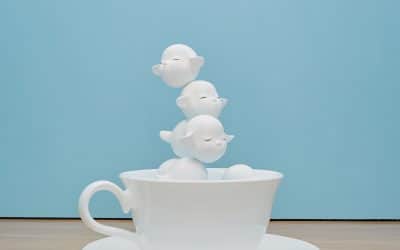
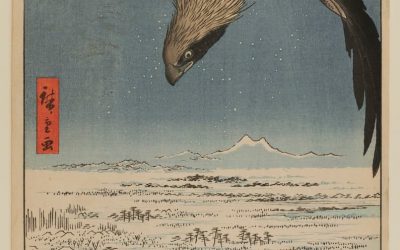
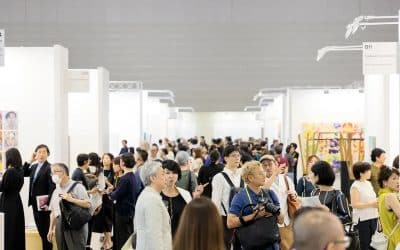
0 Comments